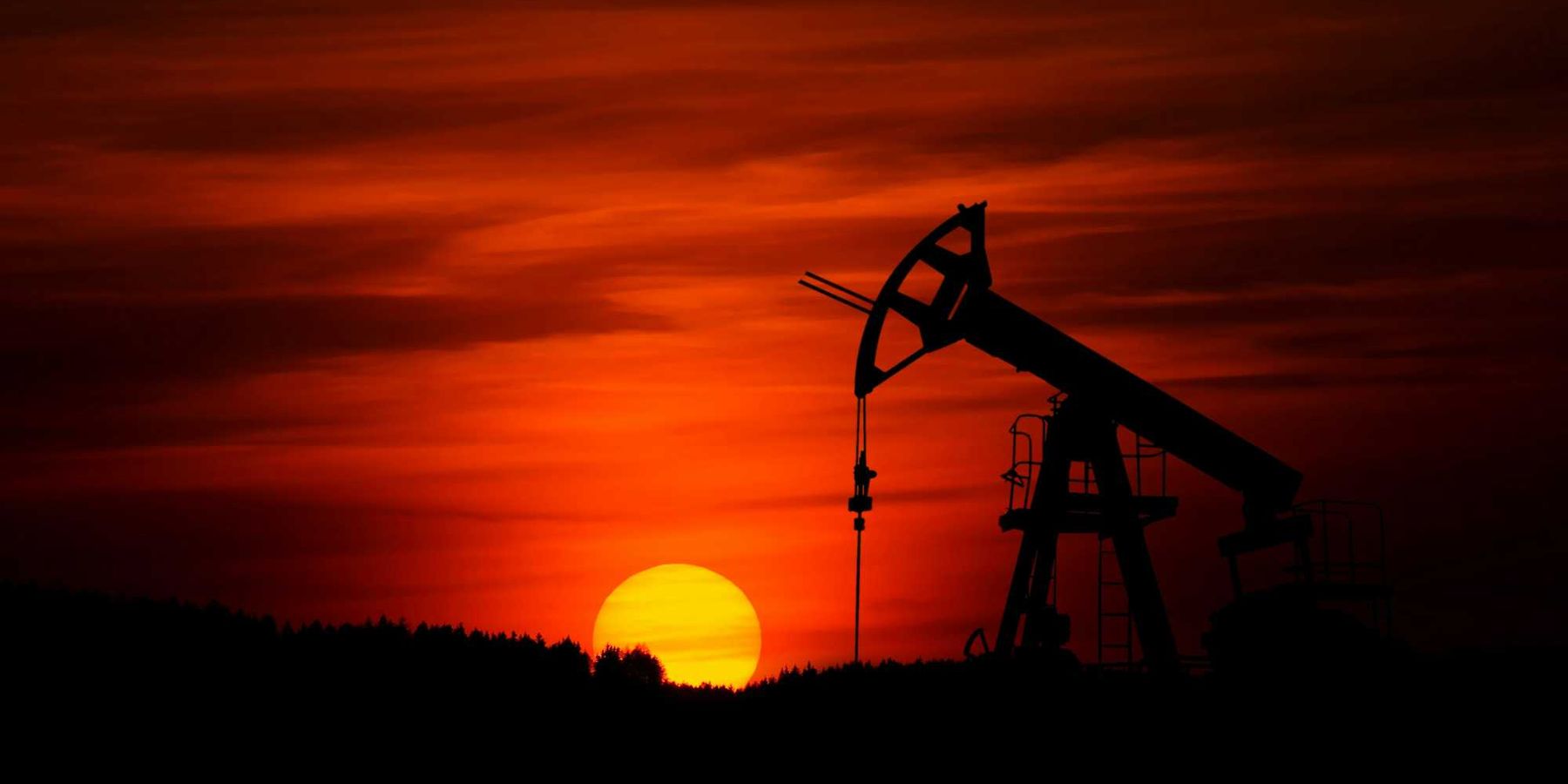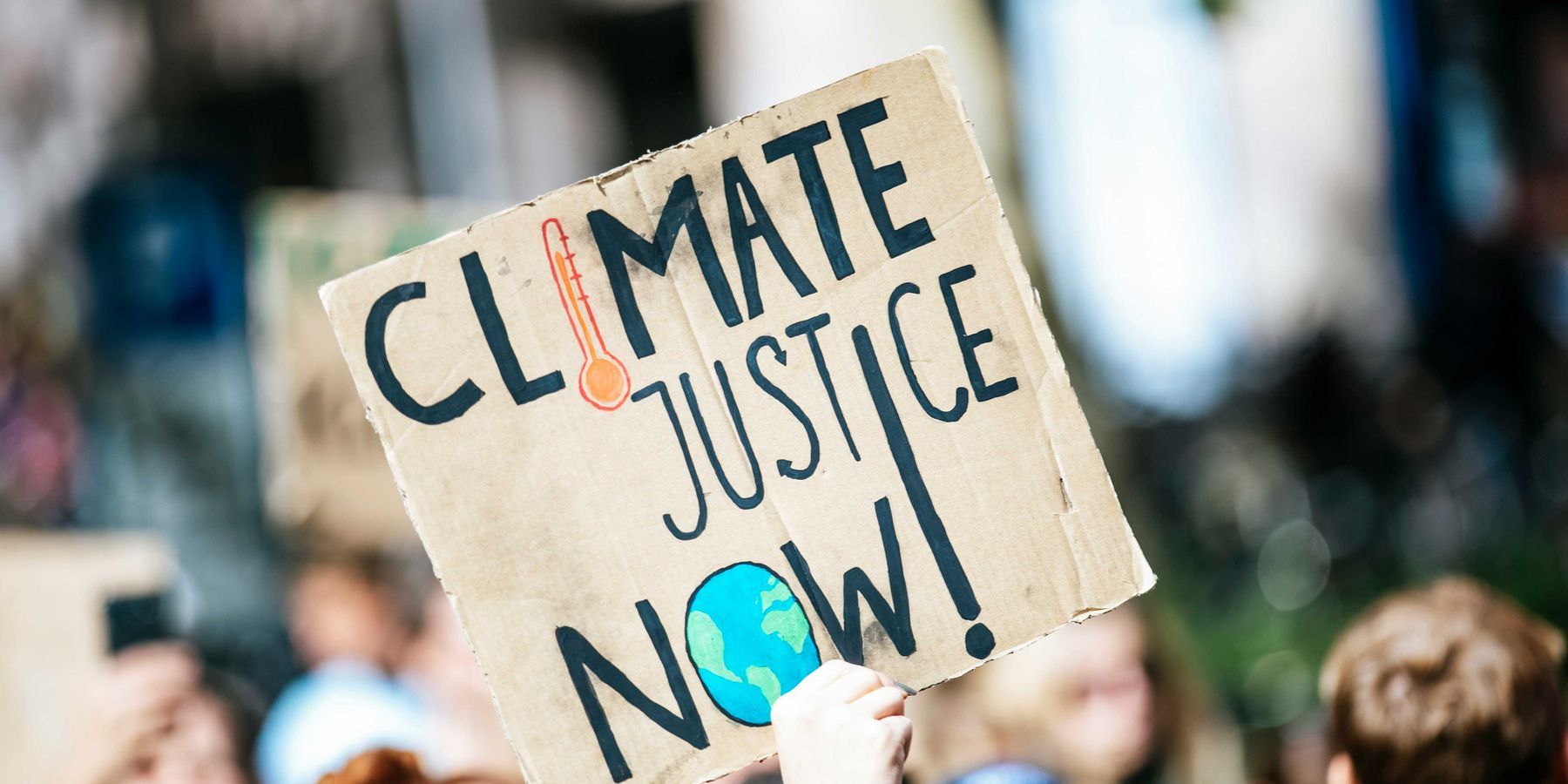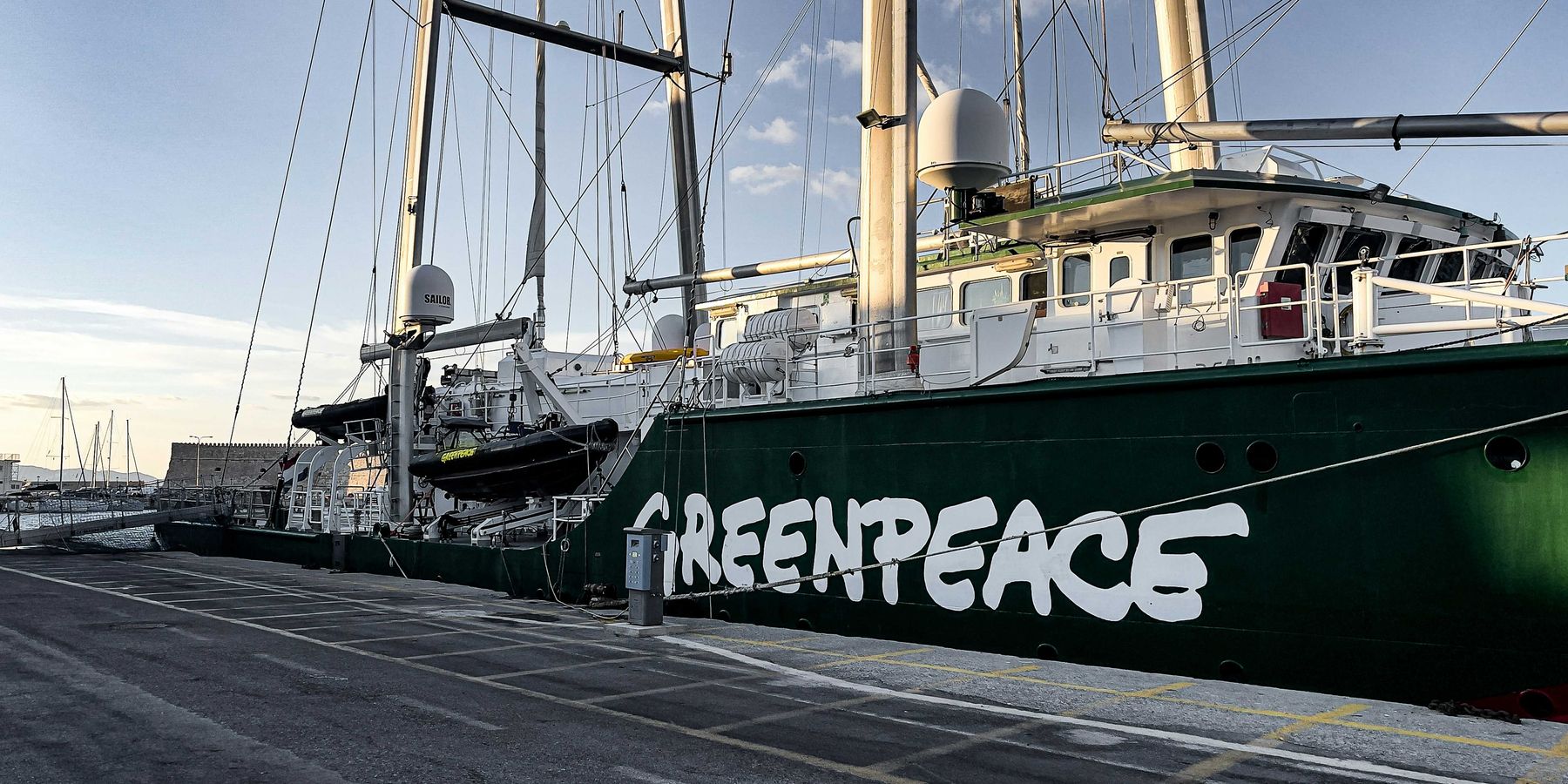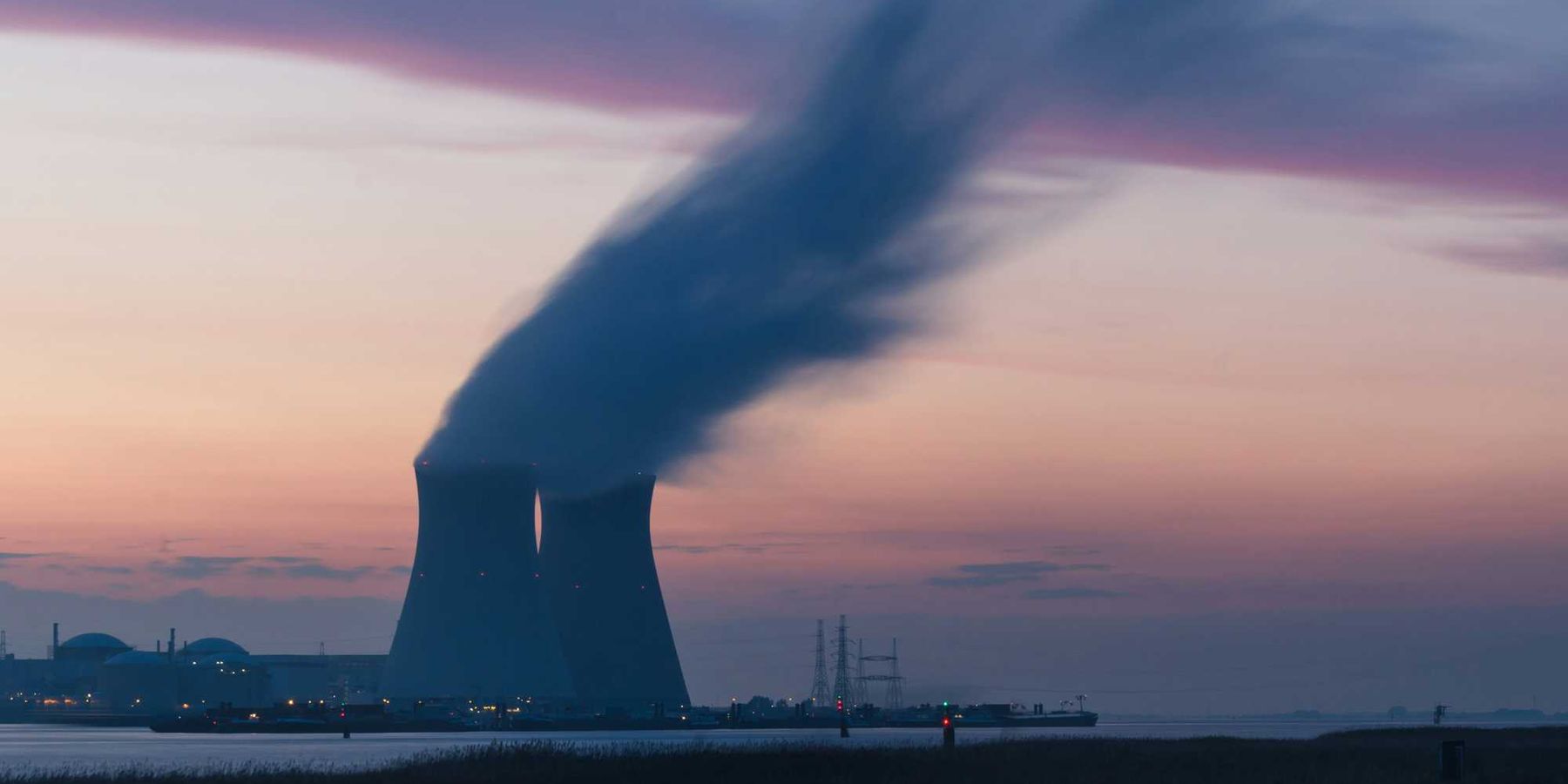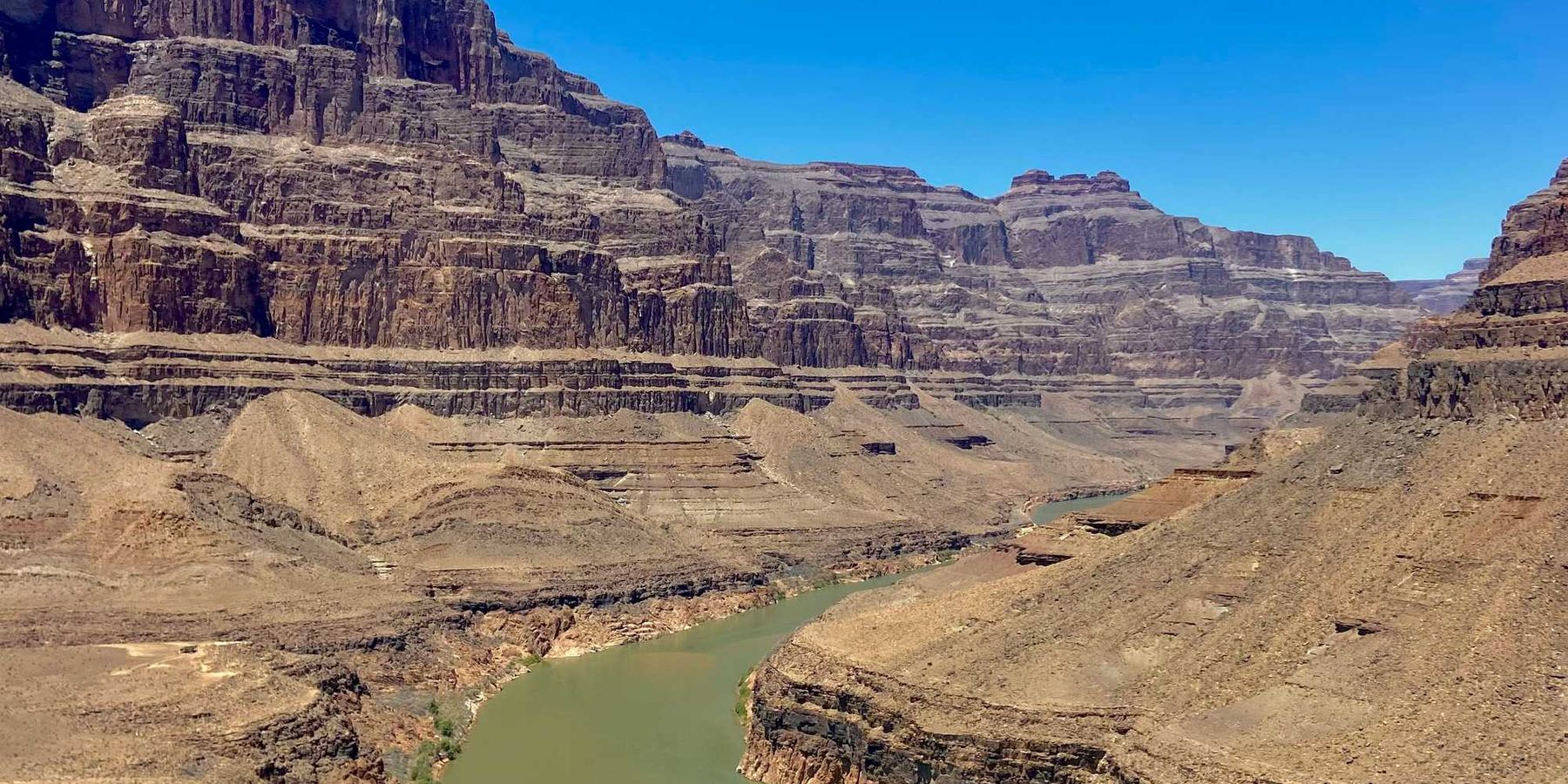Climate talks stall as negotiators debate funding for vulnerable nations
Negotiators at the UN climate summit in Azerbaijan struggle to agree on a $1.3 trillion finance package to help developing nations tackle climate change impacts and transition to clean energy.
Melina Walling, Sibi Arasu, Seth Borenstein and Michael Phillis report for The Associated Press.
In short:
- Developing nations –which are least responsible but most vulnerable to the climate crisis– demand $1.3 trillion in funding, a figure most experts agree is reasonable.
- However, proposed figures from developed nations range widely, with some as low as $200 billion.
- Disagreements persist over the size, source and distribution method of funds, with tension between grants and loans.
- Some progress has been made on commitments to phase out fossil fuels and implement carbon credit systems.
Key quote:
“Developed countries whose legal obligations it is to provide finance continue to shift their responsibility to developing countries.”
— Diego Pacheco Balanza, chair of the Like-Minded Developing Countries negotiating bloc.
Why this matters:
A failure to secure adequate climate funding risks derailing global efforts to curb emissions and protect vulnerable communities. The disparity in proposals underscores the challenge of aligning wealthy nations, which are responsible for 80% of historic global carbon emmissions, with the needs of developing ones.
Related: Report proposes fossil fuel tax to fund climate crisis aid

